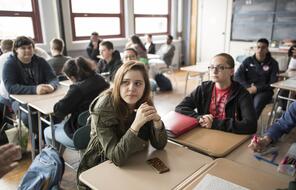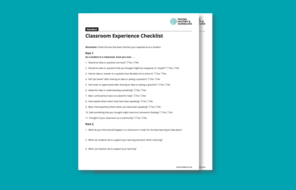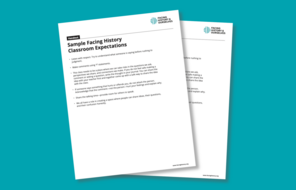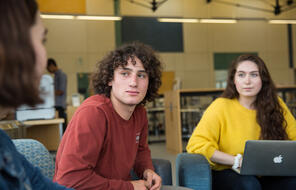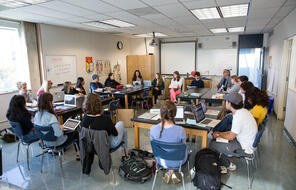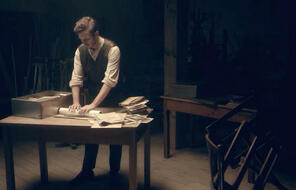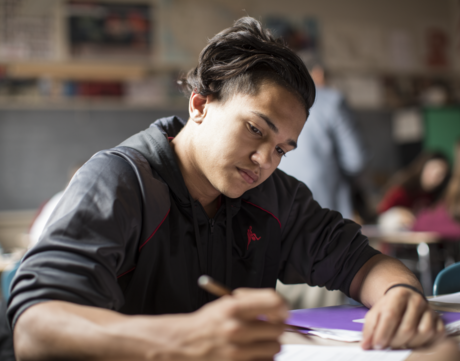
Introducing The Unit
Duration
One 50-min class periodSubject
- History
- Social Studies
Grade
6–8Language
English — USPublished
Overview
About This Lesson
The purpose of this first lesson is to help the class develop an environment that is conducive to learning and sharing: a reflective classroom community.
Throughout this unit, students will be talking about sensitive topics, such as prejudice and discrimination, and how those concepts have impacted historical events and students’ own lives. When students feel empowered to contribute honestly and wrestle with multiple perspectives besides their own, such discussions can be positive and even life-changing.
Prior to exploring the historical case study of this unit—the collapse of democracy in Germany and the steps leading up to the Holocaust—it is important that students and teachers spend some time establishing and nurturing classroom rules and expectations of respect and open-mindedness. These “habits of behavior” will equip students with the skills to engage with each other in important and sometimes uncomfortable conversations.
In this lesson you will review the classroom rules you may have already established, as well as create new norms and expectations generated by the students themselves. While we urge you to consider the language and expectations that are most appropriate for your classroom context, the handout Sample Facing History Classroom Expectations provides examples of the kinds of classroom norms Facing History teachers have used to support a reflective classroom community.
Preparing to Teach
A Note to Teachers
Before teaching this text set, please review the following information to help guide your preparation process.
Lesson Plans
Activities
Assessment
Extension Activities
Materials and Downloads
Quick Downloads
Download the Files
Introducing The Unit
Unlimited Access to Learning. More Added Every Month.
Facing History & Ourselves is designed for educators who want to help students explore identity, think critically, grow emotionally, act ethically, and participate in civic life. It’s hard work, so we’ve developed some go-to professional learning opportunities to help you along the way.
Exploring ELA Text Selection with Julia Torres
On-Demand

Working for Justice, Equity and Civic Agency in Our Schools: A Conversation with Clint Smith
On-Demand

Centering Student Voices to Build Community and Agency
On-Demand


